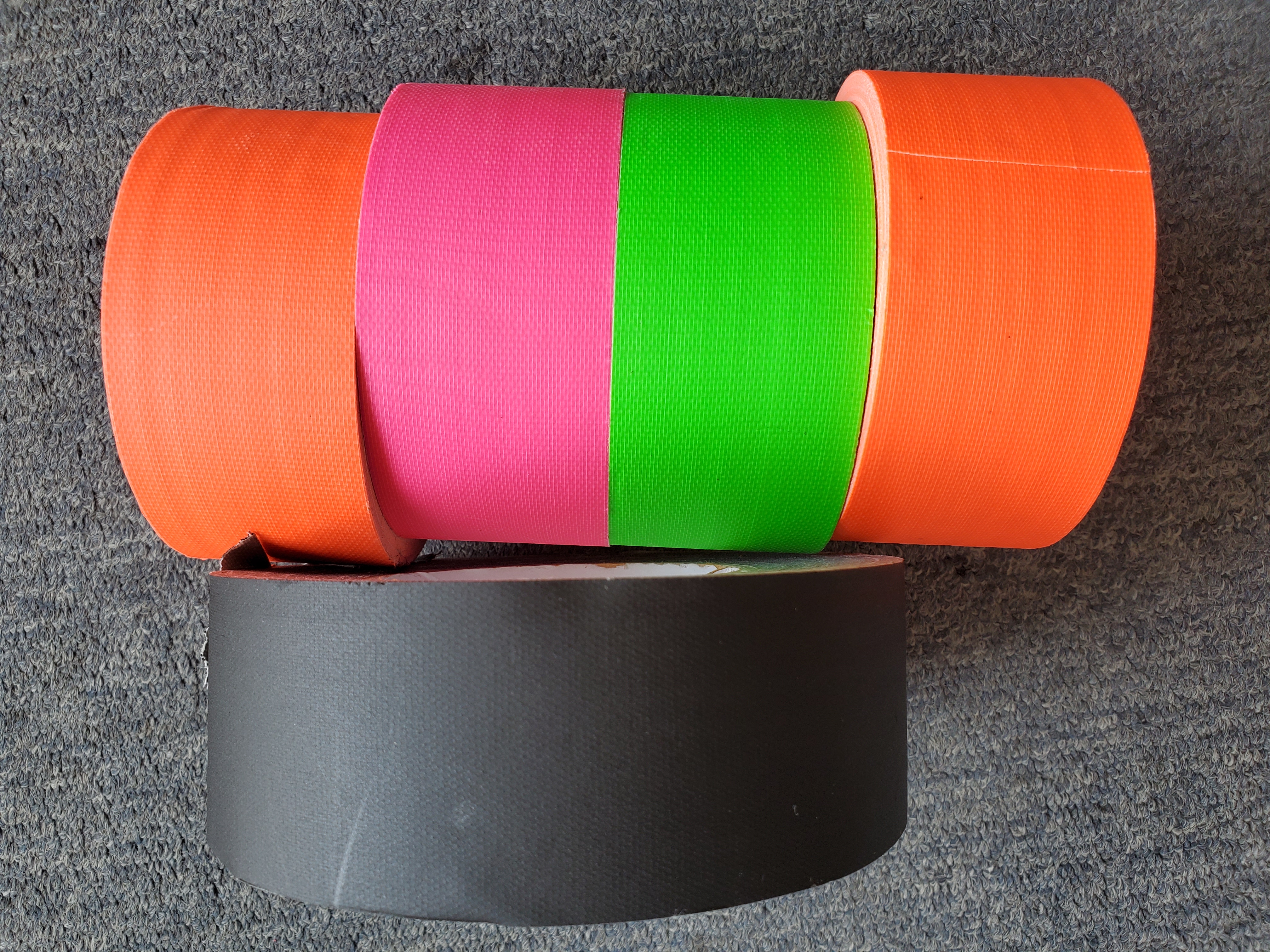How do traditional clinical drugs enter the human body and how can the targeted effects be monitored and judged? Today, this problem is expected to be solved. The reporter was informed on the 2nd that scientists at Tianjin University have developed new nano-particles by adding rare earth materials by means of nanotechnology. It is expected to solve the defects of traditional pharmaceutical preparations and realize the visualization and guidance of targeted drugs. The relevant research results are in the top of nanotechnology. Published by ACS Nano.
Professor Chang Jin from the College of Life Sciences of Tianjin University has long been committed to the basic and applied research of nano biotechnology in the diagnosis and treatment of major diseases such as tumors. In the study, they used bio-addition technology to construct a multi-functional rare earth up-conversion nanoparticle, and successfully prepared a protein mineralized antimony-doped copper sulfide nano-diagnostic preparation. The novel indium sulfide copper/zinc sulfide nanoparticle which can be used for photothermal therapy has an inherent photothermal effect and photodynamic effect under the laser irradiation of 660 nm, thereby obtaining a high anti-tumor therapeutic effect.
On this basis, researchers combined PET imaging technology with optical imaging technology to explore the copper 64-labeled indium sulfide copper/zinc sulfide quantum dots for the first time, and tested their related physical and chemical properties with tumor-resistant mice. . The experimental results show that the neodymium-doped copper sulfide new nanoparticles have excellent photoacoustic and MRI imaging effects, and can play a good visual guiding role in photothermal therapy. The nanoparticle has excellent PET imaging and optical imaging properties, and can successfully convert near-infrared light that can penetrate deep tissues into local blue light, thereby activating intracellularly controlled photo-sensitive proteins and realizing multi-target sub-control of protein. Cellular localization and cancer treatment. This research not only provides a new direction for PET visualization and guidance of nanomedicine research, but also opens up new ideas for the implementation of minimally invasive optogenetics technology in vivo.
The above research work was also supported by the National Key Research and Development Program Nano Special Project of the Ministry of Science and Technology, the National Natural Science Foundation, and the Tianjin Natural Science Foundation. (Technology Daily)
Gaffer tape introduction
1. Material
Our gaffer tape is based on premium grade cloth fabric, combined with matt polyethylene, coated with synthetic rubber adhesive or natural rubber adhesive.
2. Features
Our Gaffer tape has following features:
a. Strong adhesion, we coated with high quality imported glue.
b. Heavy duty, it is made from strong material, thickness reaches 250micron, 270micron and 300micron.
c. Matt surface, non reflective.
d. No residue when removal.
e. Different colors for choosing. We have black, orange, pink, apple green, other colors also can be customized.

Gaffer Tape,Cloth Gaffer tape,Gaffers Tape,Gaff Tape,Black Gaffer tape,Gaffer duct tape
Kunshan Jieyudeng Intelligent Technology Co., Ltd. , https://www.jerrytape.com